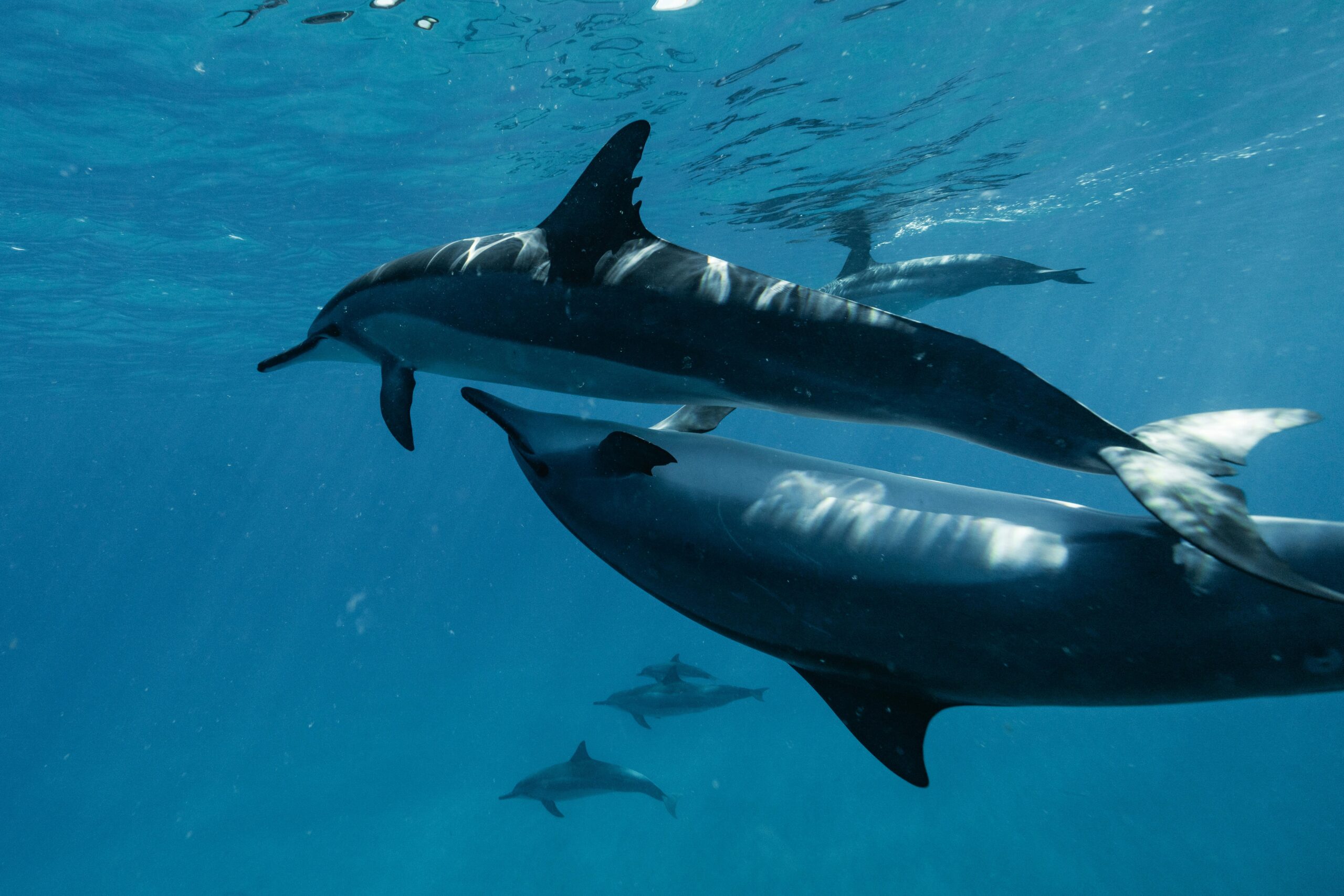In a world increasingly fragmented by division and isolation, the Buddhist philosophy of interbeing offers a revolutionary perspective on existence, connection, and our fundamental relationship with all life. 🌍
The concept of interbeing, introduced to Western audiences by Vietnamese Zen master Thich Nhat Hanh, challenges our conventional understanding of separateness and independence. It presents a profound truth: nothing exists in isolation, and everything is interconnected in an intricate web of mutual causation and existence. This philosophy doesn’t merely suggest we’re connected—it proclaims that our very being is composed of non-self elements, that we quite literally inter-are with everything around us.
As modern society grapples with environmental crises, social polarization, and unprecedented levels of loneliness despite technological connectivity, interbeing provides both a diagnostic lens and a healing framework. Understanding this philosophy can fundamentally transform how we relate to ourselves, others, and the natural world, opening pathways to compassion, sustainability, and genuine fulfillment.
The Roots of Interbeing: Ancient Wisdom for Modern Times 🌱
The philosophy of interbeing finds its origins in the Buddhist concept of pratītyasamutpāda, often translated as “dependent origination” or “interdependent co-arising.” This foundational Buddhist teaching asserts that all phenomena arise in dependence upon multiple causes and conditions, and nothing exists as an independent, permanent entity.
Thich Nhat Hanh coined the term “interbeing” in the 1960s as a more accessible way to express this ancient wisdom. The term itself is grammatically unconventional—using “inter” as a verb rather than a prefix—and this linguistic innovation was deliberate. It forces us to reconsider our assumptions about existence and being, suggesting that “being” is not a static state but an active, relational process.
The historical Buddha taught that believing in a separate, independent self is one of the fundamental delusions that causes suffering. When we examine any object, person, or phenomenon closely enough, we discover it is composed entirely of “non-self” elements. A flower, for instance, is made of sunshine, rain, soil, the gardener’s care, and countless other factors. Remove any of these elements, and the flower ceases to exist as we know it.
Seeing the Cloud in Your Morning Coffee ☕
Thich Nhat Hanh often used the example of a sheet of paper to illustrate interbeing. When we look at paper, we can see the tree from which it came, the sunshine and rain that nourished that tree, the logger who cut it down, and the mill worker who processed it. We can see the logger’s parents, the food they ate, and the entire chain of causation stretching infinitely in all directions.
Similarly, in your morning cup of coffee, you can perceive the cloud that became rain, nourishing the coffee plant in a distant country. You can see the farmer who tended the crop, the workers who harvested and processed the beans, the truck driver who transported them, and the barista who prepared your drink. Each element contains and reflects all the others.
This isn’t merely poetic metaphor—it’s a precise description of reality. Modern science, particularly quantum physics and ecology, increasingly confirms what contemplatives have long understood: the universe is not a collection of separate objects but an interconnected web of relationships. The boundaries we perceive between things are conceptual conveniences rather than ultimate truths.
Breaking the Illusion of Separateness 🔍
Our conventional perception creates a false dichotomy between self and other, subject and object, inside and outside. We experience ourselves as isolated individuals, separate from our environment and other beings. This perceived separateness generates most of our psychological suffering and destructive behaviors.
When we believe we are fundamentally separate, we naturally prioritize our own interests over others’. We exploit natural resources without recognizing that harming nature is harming ourselves. We create social hierarchies and divisions, failing to recognize our shared humanity. We accumulate possessions seeking security and happiness, not realizing that true fulfillment comes from connection rather than acquisition.
The illusion of separateness is reinforced by language, culture, and our sensory experience. Our skin appears to be a clear boundary between self and world. Our thoughts seem to be private and contained within our skulls. Our interests often appear to conflict with those of others. Yet deeper examination reveals these boundaries are porous and these conflicts often illusory.
The Biology of Connection
Contemporary biology supports the philosophy of interbeing in remarkable ways. The human body contains approximately 37 trillion human cells, but it also hosts between 38 and 100 trillion bacterial cells. We are literally more bacterial than human by cell count. These microorganisms aren’t foreign invaders but essential partners in digestion, immunity, and even mental health.
Furthermore, mitochondria—the energy-producing structures in our cells—were once independent bacteria that formed symbiotic relationships with our ancestors billions of years ago. We are walking communities, ecosystems unto ourselves, defying any simple definition of individual existence.
Interbeing as Ethical Framework 💚
Understanding interbeing naturally gives rise to ethical behavior. When we truly comprehend that harming another is harming ourselves, compassion becomes not a moral obligation but a logical response. Environmental protection becomes self-protection. Social justice becomes personal necessity.
Thich Nhat Hanh developed the “Five Mindfulness Trainings” as practical expressions of interbeing ethics. These trainings address reverence for life, true happiness, true love, loving speech and deep listening, and nourishment and healing. Unlike commandments imposed from external authority, these trainings emerge organically from understanding our interconnected nature.
When we recognize interbeing, we can’t help but care about climate change—the atmosphere we pollute is the air we breathe. We naturally oppose systemic injustice—the society that oppresses others diminishes us all. We seek to reduce consumption—the resources we waste are stolen from future generations who are, in essence, ourselves in different form.
Practicing Interbeing in Daily Life
The philosophy of interbeing isn’t meant to remain abstract theory. It becomes transformative when applied to everyday experience through mindful awareness. Here are practical ways to cultivate interbeing consciousness:
- Mindful eating: Before meals, pause to recognize all the elements present in your food—the sun, rain, soil, farmers, and countless beings who contributed to this nourishment reaching you.
- Deep listening: When conversing with others, practice listening without planning your response, recognizing that the speaker is revealing aspects of yourself you haven’t yet discovered.
- Nature connection: Spend time outdoors consciously acknowledging your breath as the forest’s gift, your body as recycled earth and water, your energy as transformed sunlight.
- Consumption awareness: Before purchasing anything, consider the interconnected web of resources, labor, and consequences involved in its production and disposal.
- Loving-kindness meditation: Regularly practice extending goodwill to all beings, recognizing that their wellbeing and yours are inseparable.
Interbeing and Mental Health 🧠
The philosophy of interbeing offers profound implications for psychological wellbeing. Much modern suffering stems from feelings of isolation, meaninglessness, and disconnection. We feel alienated from nature, community, and even ourselves. Interbeing provides both diagnosis and remedy for these existential wounds.
Depression often involves a sense of being cut off from meaningful connection. Anxiety frequently arises from perceived threats to our separate self. Addiction can be understood as misguided attempts to fill the void created by disconnection. When we begin to experience interbeing directly, these patterns naturally begin to shift.
Research in neuroscience and psychology increasingly validates practices rooted in interbeing philosophy. Studies show that meditation practices emphasizing interconnection increase activity in brain regions associated with empathy and compassion while decreasing activity in areas related to self-referential thinking and anxiety. Feeling connected to nature and community correlates strongly with psychological resilience and life satisfaction.
Healing Separation Wounds
Many of us carry deep wounds from experiences of rejection, abandonment, or exclusion. These traumas reinforce the illusion of separateness and create defensive patterns that ironically perpetuate our isolation. Understanding interbeing can facilitate healing these wounds by revealing that ultimate separation is impossible—we were never truly alone, even in our most painful moments.
This doesn’t minimize genuine suffering or suggest we should bypass emotional healing work. Rather, it provides a broader context that can make that healing work more effective. When we recognize that the person who hurt us was acting from their own suffering and limited understanding, and that their wellbeing is ultimately inseparable from ours, forgiveness becomes more accessible.
Interbeing in the Digital Age 📱
The internet and social media have created unprecedented connectivity while paradoxically increasing feelings of isolation. We can instantly communicate with people across the globe yet feel more alone than ever. Understanding interbeing helps us navigate this paradox and use technology in ways that genuinely connect rather than further fragment us.
Digital technology reveals interbeing in new ways—information flows instantly across the planet, demonstrating how an event anywhere can affect people everywhere. Online communities form around shared interests and values, transcending geographical boundaries. Collaborative platforms enable collective creativity and problem-solving that no individual could accomplish alone.
However, technology can also reinforce illusions of separateness when used mindlessly. Social media often encourages comparison and competition rather than compassion and connection. Digital communication lacks the embodied presence that facilitates deep understanding. Algorithm-driven content feeds can create echo chambers that strengthen tribal divisions.
Mindful Technology Use
Applying interbeing principles to technology means using digital tools intentionally to foster genuine connection while remaining aware of their limitations. This might involve choosing quality over quantity in online interactions, practicing the same deep listening in digital spaces as in physical ones, and regularly disconnecting to reconnect with embodied, present-moment experience.
Environmental Implications: Healing Our Relationship with Earth 🌎
Perhaps nowhere is interbeing more urgently relevant than in addressing environmental crises. Climate change, biodiversity loss, pollution, and resource depletion all stem fundamentally from perceiving nature as separate from ourselves—as resources to be exploited rather than as our larger body.
Indigenous wisdom traditions have long understood what interbeing makes explicit: we don’t live on the Earth, we are Earth becoming conscious of itself. The oxygen we breathe was created by plants. The water in our bodies has cycled through clouds, rivers, and countless other beings. The atoms in our bodies were forged in stars billions of years ago. We are nature, not separate observers of it.
When this understanding moves from intellectual concept to lived experience, environmental action becomes as natural as caring for your own body. You don’t protect forests out of abstract ethical duty but because you viscerally feel the trees as your lungs. You address ocean pollution not from guilt but from direct awareness that poisoning the sea is poisoning yourself.
From Dominion to Partnership
The interbeing perspective requires abandoning the paradigm of human dominion over nature in favor of partnership with the natural world. This doesn’t mean humans have no special role—our consciousness and capabilities do set us apart—but suggests our role is as conscious participants in Earth’s flourishing rather than exploitative masters.
This shift has practical implications for agriculture, energy systems, urban planning, and economic structures. Regenerative approaches that work with natural systems rather than against them emerge naturally from interbeing consciousness. Circular economies that eliminate waste by designing products to be endlessly recycled reflect understanding that in nature, there is no “away” to throw things.
The Science Behind the Philosophy 🔬
While interbeing originates in contemplative tradition, contemporary science increasingly validates its insights through multiple disciplines. Quantum physics has revealed that subatomic particles don’t have definite properties until observed and measured—they exist in relationship rather than as independent entities. The famous phenomenon of quantum entanglement demonstrates that particles once connected remain correlated regardless of distance, suggesting a deeper unity underlying apparent separation.
Ecology has conclusively demonstrated that ecosystems function through intricate webs of relationship. Remove any species, and cascading effects ripple through the entire system. The concept of keystone species—organisms whose impact on their ecosystem is disproportionate to their abundance—illustrates how the wellbeing of the whole depends on each part.
Systems theory and complexity science reveal that emergent properties arise from relationships between components that cannot be predicted by studying those components in isolation. Consciousness itself appears to be an emergent property of billions of neurons in relationship rather than something possessed by individual brain cells.
| Scientific Field | Validation of Interbeing |
|---|---|
| Quantum Physics | Particles exist in relationship; entanglement transcends space |
| Ecology | All organisms exist in interdependent webs; no species survives alone |
| Neuroscience | Brain functions through networked relationships; mirror neurons demonstrate shared experience |
| Microbiology | Humans are ecosystems hosting trillions of essential microorganisms |
| Systems Theory | Emergent properties arise from relationships, not isolated components |
Living the Revolution: Transformation Through Interbeing ✨
Understanding interbeing intellectually is valuable, but the real transformation occurs when this understanding becomes direct experience. Meditation, contemplative practice, time in nature, and mindful attention to daily activities can all facilitate this shift from concept to lived reality.
Many practitioners report that sustained practice leads to spontaneous experiences of non-separation—moments when the boundary between self and world becomes permeable or disappears entirely. These experiences might occur while walking in a forest, playing with a child, creating art, or sitting in meditation. They are often accompanied by profound peace, joy, and compassion that arise naturally rather than being generated through effort.
The challenge is integrating these peak experiences into ordinary life, allowing them to inform our choices and relationships consistently rather than remaining isolated incidents. This integration happens gradually through sustained practice and conscious application of interbeing principles to all areas of life.
Community as Practice Ground
While interbeing can be explored individually, practicing in community amplifies and stabilizes the insights gained. Sangha—the Buddhist term for spiritual community—provides opportunities to experience interbeing directly through shared practice, mutual support, and working through the inevitable conflicts that arise when different personalities and perspectives come together.
Intentional communities organized around interbeing principles, like Thich Nhat Hanh’s Plum Village, demonstrate that this philosophy can structure entire ways of life. These communities integrate mindfulness practice, sustainable living, collective decision-making, and service to the wider world, modeling alternatives to mainstream culture’s emphasis on individualism and competition.

Beyond Philosophy: Interbeing as Lived Experience 🙏
Ultimately, interbeing transcends philosophy to become a way of being in the world. It’s not a belief system to adopt but a reality to recognize and embody. The journey from intellectual understanding to lived experience is unique for each person, but the destination is universal—a profound sense of connection, belonging, and purpose that arises from recognizing our fundamental non-separation from all life.
This recognition doesn’t erase individuality or personal responsibility. Rather, it contextualizes our individual existence within the larger whole, revealing that our flourishing and the flourishing of all beings are inseparable. We retain our unique perspectives and qualities while understanding that these emerge from and contribute to the vast web of existence.
In times of crisis and uncertainty, interbeing offers both comfort and call to action. We are never alone in our struggles—countless beings throughout history have faced similar challenges, and countless beings in the present share our concerns. Simultaneously, we cannot remain passive observers—the health of the whole depends on each part playing its role consciously and compassionately.
The power of connection unlocked through interbeing isn’t a supernatural force but the natural energy released when we align with reality as it is rather than fighting against it. When we stop exhausting ourselves maintaining the fiction of separateness, tremendous energy becomes available for creativity, service, and joy. This is the promise and potential of embracing interbeing—not as mere philosophy, but as the foundation for a revolution in consciousness that our world desperately needs.
Toni Santos is an eco-spirituality researcher and planetary healing writer exploring how earth-based rituals, nature-centred philosophy and sacred ecology reconnect humanity with the living planet. Through his work on environment, consciousness and ritual, Toni examines how our relationship with Earth influences our awakening and actions. Passionate about land-wisdom, ritual practice and ecological integration, Toni focuses on how spiritual life can emerge from ecological awareness and how healing flows from land, water and community. His work highlights the union of ecology, mind and spirit — guiding readers toward a more grounded, relational, and sacred life. Blending ritual studies, environmental philosophy and ecological design, Toni writes about the human-earth story — helping readers understand how living systems, community and meaning intertwine in planetary healing. His work is a tribute to: The sacred connection between humanity and Earth’s living systems The power of ritual to rekindle land-memory and collective renewal The vision of ecology as sacred, relational and transformational Whether you are a ritual practitioner, ecological thinker or planet-healer, Toni Santos invites you to explore the path of planetary awakening — one ritual, one ecosystem, one transformation at a time.




